THE TRILOGY OF HISTORICAL IMAGE OF THE MASTER ANDRAGOGO
Keywords:
teacher, humanity, scientification, andragogía.Abstract
The image of the teacher has changed throughout history, but the important thing is to know who she has been appreciated as a person, as a human being carried out, evoking a long and ancient history of the concepts of master. To capture its realism, it is part of a triple pedagogical approach, considering what humans (anthropologically), what should be (teleological), and how the teacher and the teacher can contribute (methodologically) that man becomes what it should be.
The historical range of the master images can be traced to three major models, according to Pestalozzi, the human being can be considered as a work of nature, like the work of society or work itself, accordingly, the teacher defined respectively as auxiliary nature as society agent or representative of a fulfilled humanity, as a person. As auxiliary nature, the teacher’s task must start from a naturalistic anthropology, and development education equate or relate to each other. As an agent of society, shown as attorney supraindividual demands, being in the foreground the demands and needs of society. Finally, the rehabilitation of the teacher as a person, as a fulfilled humanity.
Consequently, the figure of the teacher is important not because of his personality, but as unique and unrepeatable human person, a specialist scientifically educated and intellectually prepared, which through scientization not lose the personal dimension without which there can be no education and human school. Andragogy as a student of forming adult education plays an important role in the development of the master and the great progress of society, bearing in mind that education is the natural, gradual and systematic development of all human faculties.
Author Biography
Luis E. García Vivas
Doctorando en Ciencias de la Educación. Magíster en Gerencia de Empresas Mención Mercadeo, de la Universidad Experimental del Táchira, UNET. Actualmente es docente de la Universidad Bicentenaria de Aragua.
References
Bohm, W., y Schiefelbein, E. (1995). Repensar la educación. Bogotá: Editorial Pontificia Universidad Javeriana.
Burk, I. (1985). Filosofía. Caracas: Ediciones Insula.
Díaz González, I. (1986). Pestalozzi y las bases de la educación moderna. México: Ediciones El Caballito.
Durkheim, É. (1975). Educación y sociología (Prefacio por Maurice Debesse). Barcelona: Ediciones Península, S.A.
Knowles, M., Elwood, F., Holton, III., y Swanson, R. (2005). Andragogía: El Aprendizaje de los Adultos. México: Alfaomega.
Morin, E. (1999). Los siete saberes necesarios para una educación del futuro. UNESCO. París.




